| City/Town: • Coral Gables |
| Location Class: • Military |
| Built: • 1960s | Abandoned: • N/A |
| Status: • Abandoned |
| Photojournalist: • David Bulit |

Since the mid-1970s, this structure has been a popular hangout, but very few know the history behind it, only referring to it as a ‘bomb shelter’ or ‘the bunker’, as it’s referred to in Miami-Dade County documents.
The bunker was constructed in the early-1960s as part of Operation Mongoose, a covert operation by the CIA with the aim to overthrow the new Communist regime in Cuba and installing a new government in line with the United States’ philosophy of free-market capitalism. The operation consisted of sabotage, psychological warfare, intelligence collection, and the creation of an internal revolution against the communist government. As the Bay of Pigs Invasion before it, it is recognized as yet another failure against Cuba.
During this time, a number of Nike-Hercules missile sites were constructed throughout South Florida, two of which have been written about here on Abandoned Florida, HM-95 and HM-40. According to retired Navy yeoman Anthony Atwood, executive director of the Miami Military Museum who spoke with South Florida News Service, the bunker was most likely an observation center whose purpose was to alert these missile defense sites from incoming attacks.

In 1968, Miami-Dade County’s first archaeologist, Robert Carr, was conducting a dig in the area which contains the remnants of a Tequesta Native American village and burial ground estimated to be more than 2,000-years-old. There, he uncovered the bunker but by that time, it was already stripped of any electronics and radio equipment.
A year later, the property was purchased by a subsidiary of the International Telephone and Telegraph Corporation, with plans to develop the site into a golf resort. Local environmentalists petitioned the state to include the piece of land on its new conservation acquisition list, and in 1982, the state purchased the land.
Since the 70s, the bunker became a hangout for kids in the area where they can play paintball, drink, start fires, and whatever else kids do. Now full of graffiti and mostly flooded, it is no longer the hangout spot it used to be. There were plans to develop the land into a park, which was to include biking and hiking trails, and picnic areas, but those plans were halted due to lack of funding.
Credit to South Florida News Network for doing the research on this piece of little known history.









